What Is In Italian Seasoning?
You probably have a bottle of Italian seasoning on your spice rack and you know it has the power to elevate all sorts of savory recipes—but do you know what’s actually in it?
What Is Italian Seasoning?
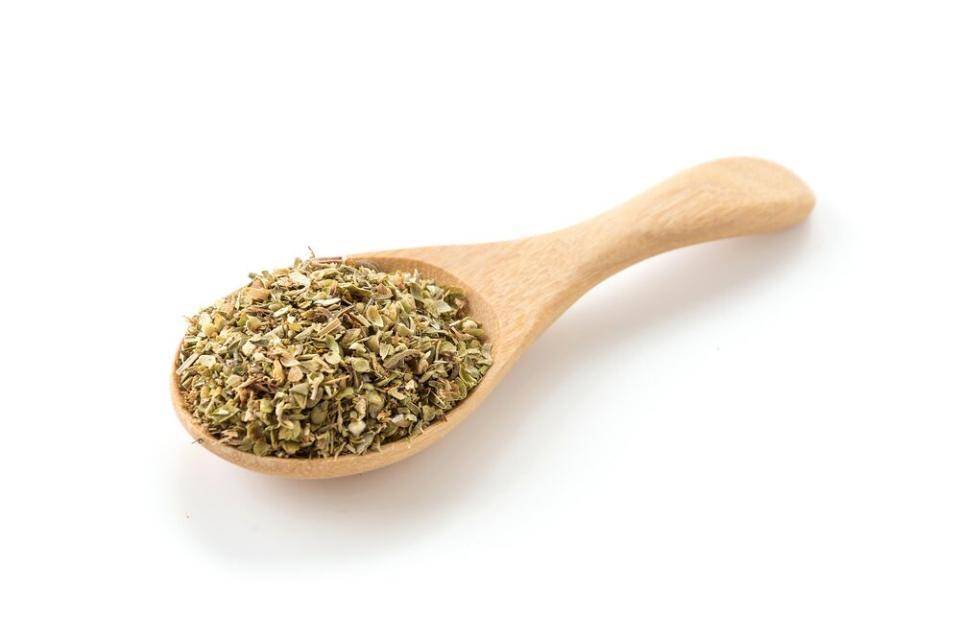
Despite its name, Italian seasoning is (most likely) an American invention.
The powerful spice blend was created to mimic flavors often found in Italian cuisine, but you’d be hard-pressed to find it in the actual country. Pre-blended herb mixes aren’t super common in Italy, with one exception: Salamoia Bolognese, a blend of rosemary, sage, garlic, salt, and black pepper, is popular in Bologna and beyond.
Italian Seasoning Ingredients
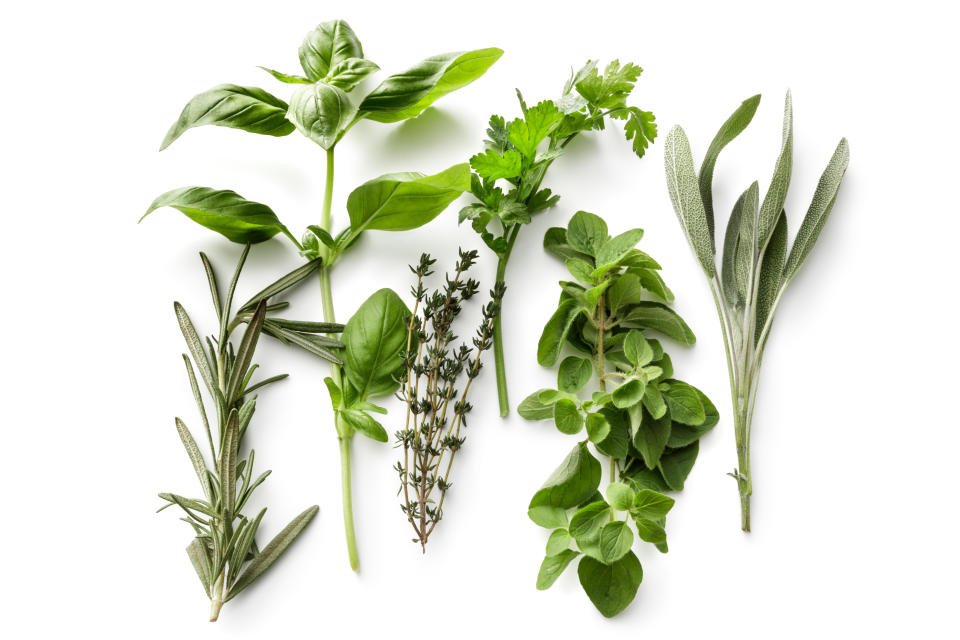
All Italian seasonings are not created equal, but you’ll find these herbs and spices in most blends:
What Does Italian Seasoning Taste Like?
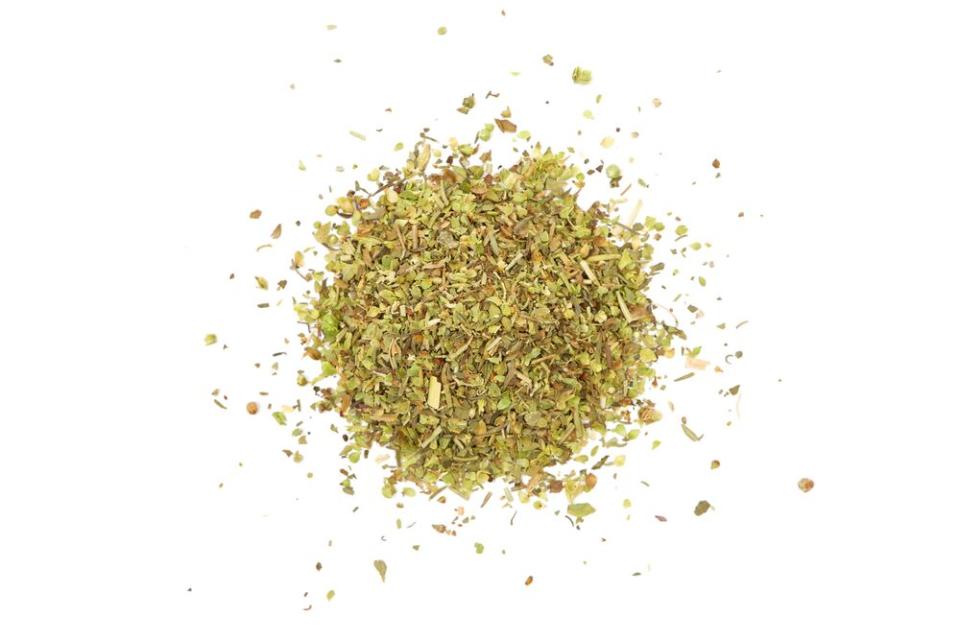
Basically, Italian seasoning tastes like a blend of all the aforementioned herbs and spices. It’s savory, earthy, and (very subtly) sweet.

Buy it! Amazon, $6.10
Italian Seasoning vs. Herbes de Provence
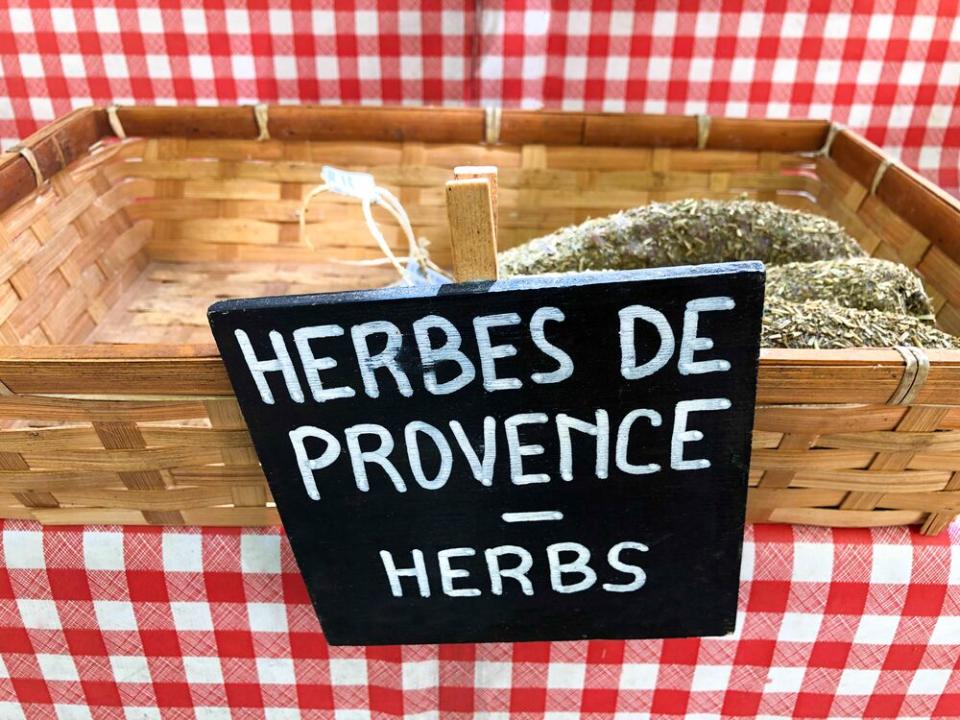
Italian seasoning, while probably an American creation, marries traditional Italian flavors and is frequently used in Italian recipes.
Herbes de Provence, meanwhile, is from the Provence region of France.
The blends use many of the same ingredients (basil, thyme, oregano, rosemary, etc.) so they have similar flavors. Lavender is frequently included in North American-made herbes de Provence blends as a nod to the lavender fields in Provence, so it can taste a bit more floral than Italian seasoning.
Read more: What Is Herbes de Provence?
Italian Seasoning Substitute
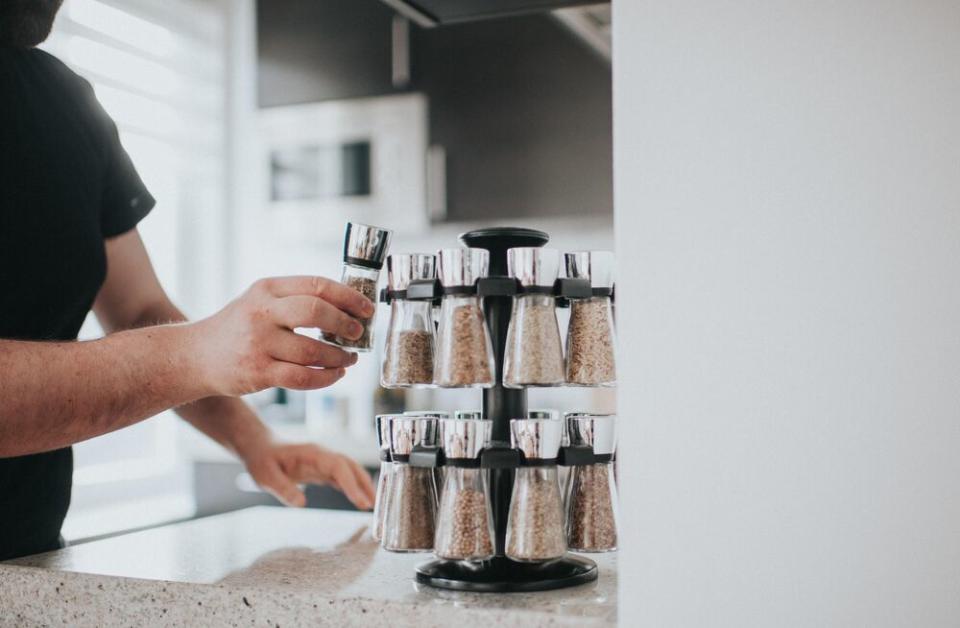
No Italian seasoning? No problem! Your best bet is to make a DIY blend using herbs and spices you have on hand (more on that below).
If you don’t have the time to make your own, herbes de Provence is an excellent alternative—just be aware that it might slightly affect the outcome.
How to Make Italian Seasoning
Check your spice rack for dried basil, rosemary, thyme, oregano, sage, coriander, and garlic powder. Use what you have to create your own blend, adding a lot or a little of each ingredient to taste. Seriously, this couldn’t be easier: Just mix your spices in a bowl and store in an airtight container for up to six months.
Get the full recipe: Italian Seasoning Blend
How to Use Italian Seasoning
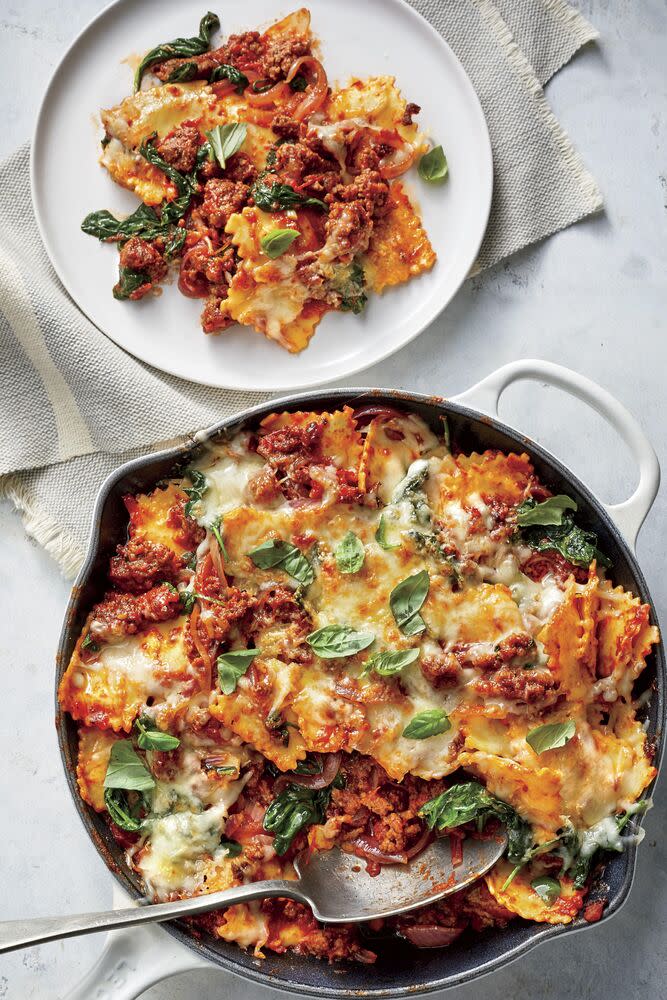
Use Italian seasoning to enhance everything from pizzas and pastas to meats and veggies. Looking for ideas? We’ve got you covered:
Get more recipes: 30+ Italian Appetizers to Make ASAP

